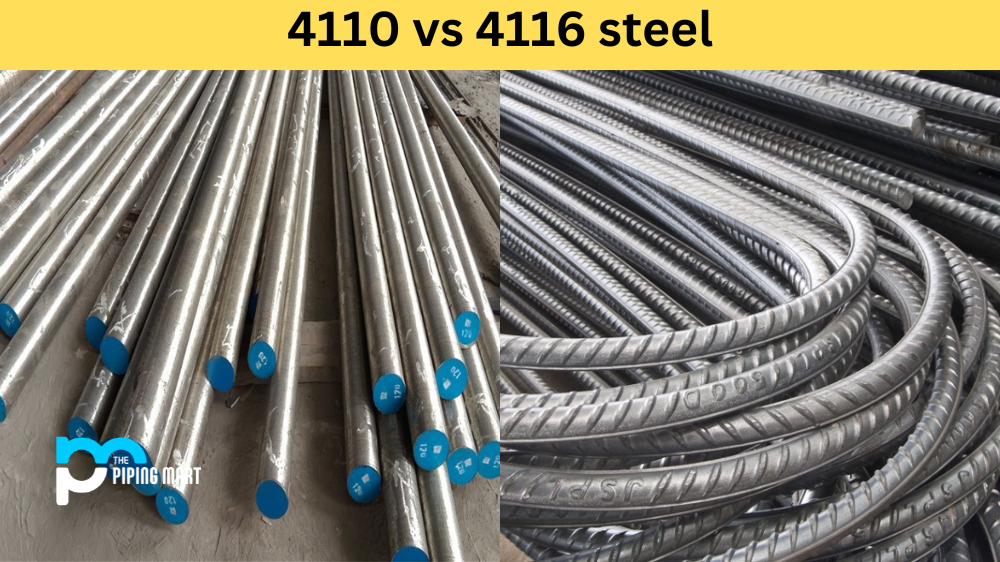If you’re looking for a metal that is lightweight, corrosion-resistant, and durable, aluminium is a perfect choice. But when it comes to picking the suitable aluminum alloy for your project, the options can seem overwhelming. Two of the most popular aluminium alloys are 1060 and 6061—so how do you decide which is best for your needs? Let’s take a look at how these two alloys compare.
Aluminium 1060
Aluminium 1060 is a commercially pure aluminum with 99.6% aluminium content. It has good electrical conductivity, corrosion resistance, weldability, and formability; however, its strength is lower than other aluminium alloys due to its lack of alloying elements such as magnesium or silicon. As such, it is not ideal for structural applications but instead used in applications like roofing and siding or in decorative projects where its low strength is not an issue.
Aluminum 6061
Aluminum 6061 is an alloy of 95% aluminium, 1% magnesium and 0.6% silicon. It has an excellent strength-to-weight ratio, weldability and formability, machinability, fatigue resistance, and corrosion resistance—even in saltwater environments! As such, it is widely used in construction projects where strength and corrosion resistance are key factors; some examples include marine structures like boats or bridges and aircraft components such as wings or fuselages.
Difference Between Aluminum 1060 and 6061
Composition
The main difference between 1060 and 6061 aluminium is their composition. Aluminum 1060 contains 99.6% aluminium, while 6061 aluminum contains 96.1%. The remaining elements in 1060 aluminium are iron and silicon, while the remaining elements in 6061 are copper, magnesium, and chromium.
Properties
The different composition of 1060 and 6061 aluminium results in different properties. 1060 aluminum is more malleable and can be drawn into wire, while 6061 aluminium is more resistant to corrosion and is better suited for welding. Additionally, 1060 aluminium is softer and more easily damaged, while 6061 aluminum is harder and more durable.
Uses
1060 aluminium is typically used for electrical applications, as it has good electrical conductivity. 6061 aluminum is most commonly used in the construction industry, as it is strong and resistant to corrosion.
Pricing
1060 aluminium is typically cheaper than 6061 aluminum, as it contains less of the expensive elements copper, magnesium, and chromium. However, the price of both alloys will vary depending on the market conditions at the time of purchase
Conclusion
When choosing between Aluminium 1060 and 6061 for your project needs, there isn’t a wrong answer—it just depends on what properties you need out of the material. Aluminum 1060 offers excellent electrical conductivity and formability while being lightweight and cost-effective; however, its lack of alloying elements makes it unsuitable for structural applications due to its relatively low strength. On the other hand, Aluminium 6061 offers an excellent strength-to-weight ratio combined with great weldability and formability plus outstanding corrosion resistance, making it ideal for structural applications like boats or bridges and aircraft components like wings or fuselages. Consider your project’s specific needs before deciding which alloy would be best suited to get the job done!
Meet Heer, a dynamic and driven writer learning tricks of her trade in the metal industry. With a background in Digital Marketing, Heer brings a unique perspective to her writing, sharing valuable insights. Apart from blogging she like reading and hiking.




